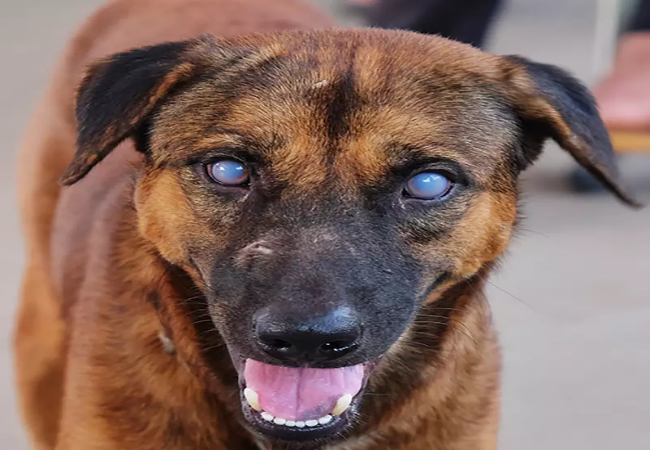Veterinary Guide to Anterior Uveitis in Dogs 2025 🐶

In this article
Veterinary Guide to Anterior Uveitis in Dogs 2025 🐶
By Dr. Duncan Houston BVSc
🔍 Introduction
Anterior uveitis is inflammation of the iris and ciliary body—the front segment (uvea) of the eye. It’s a painful condition that can threaten vision if untreated. This 2025 guide walks you through causes, clinical signs, diagnostics, treatment, complications, and prevention for your dog’s eye health. 🩺
💡 What Is Anterior Uveitis?
- Inflammation of the iris and ciliary body (“anterior” part of the uvea).
- Also known as iridocyclitis; when back of eye is involved, it's termed panuveitis.
- Common in dogs, and may be acute, chronic, or recurrent.
⚠️ Common Causes
- Infections—viral (distemper, adenovirus), bacterial (Leptospira, Ehrlichia), fungal, rickettsial.
- Immune‑mediated/systemic: autoimmune disease or metabolic disorders.
- Trauma/tumors: eye injury, neoplasia, lens-induced irritation.
- Lens-induced: leakage of lens proteins in cataract cases.
- Idiopathic: cause remains unidentified in ~50% of cases.
🚨 Clinical Signs
- Eye pain: squinting, blinking (blepharospasm), sensitivity to light.
- Redness, conjunctival swelling, cloudy cornea (flare).
- Miosis (constricted pupil), irregular iris coloration, low intraocular pressure (<10 mm Hg).
- Hyphema, hypopyon, keratic precipitates, corneal edema or neovascularization.
🔬 Diagnostic Workup
- Ocular exam: slit-lamp, ophthalmoscopy, tonometry to measure pressure.
- Fluorescein stain: check for corneal ulcers.
- Physical exam and bloodwork (CBC, chemistry, infectious disease panel).
- Advanced imaging: ocular ultrasound, X‑rays, thoracic/abdominal scans if systemic disease or tumor is suspected.
🛠 Treatment Protocols
- Topical corticosteroids (e.g., prednisolone acetate) to reduce inflammation—avoid if ulcer present.
- Systemic anti-inflammatories: NSAIDs or oral steroids (prednisone 1–2 mg/kg/day) in severe cases.
- Cycloplegics/mydriatics: atropine eyedrops to relieve pain and prevent adhesions.
- Antibiotics/antifungals: topical or systemic if infection suspected.
- Treat the underlying cause: immune-disease therapy, tumor surgery, or trauma management.
- Manage complications: address glaucoma, cataracts, lens luxation or scarring.
📈 Follow-Up & Prognosis
- Response often rapid—improvement within 24 hours; follow‑up essential.
- Risk of complications: glaucoma, cataracts, synechiae, blindness.
- Chronic or recurrent cases may require long‑term immunosuppression.
- Prognosis depends on the speed of diagnosis and the treatment of the root cause.
🛡 Prevention & Owner Tips
- Monitor for eye redness, squinting, discharge, and seek vet care early.
- Protect eyes during rough play; avoid exposure to toxins and sticks.
- Maintain vaccination schedules to prevent infectious causes.
- Pets with cataracts should be monitored closely or surgically treated early.
- Frequent rechecks in dogs with systemic illnesses or IOP fluctuations.
🔧 Tools & Services
- Ask A Vet App: 24/7 guidance on uveitis episodes, diagnostic steps, and medication plans 📱
✅ Final Thoughts
Anterior uveitis is a common, painful condition that demands prompt attention. With vigilant monitoring, diagnostics, and appropriate therapy—including anti‑inflammatories, cycloplegics, and root cause management—many dogs recover with preserved vision. Use tools like Ask AVet, timely follow‑up into 2025 and beyond. 🐾❤️
Download the Ask A Vet app today for expert assistance diagnosing and treating anterior uveitis in your dog’s eye. 📱💡






